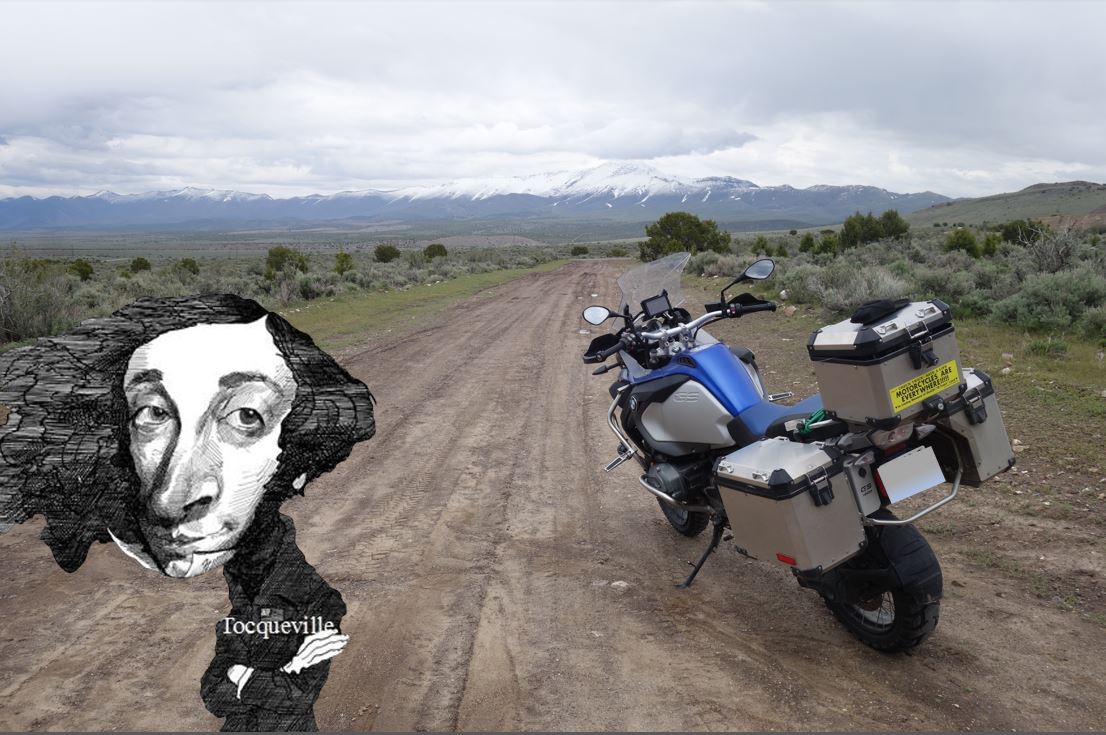We started our day with a gradual descent on US-64 out of Taos, soon arriving at the Rio Grande Gorge Bridge (the same Rio Grande that that defines the border between Texas and Mexico, the same Rio Grande that is the final hurdle for so many illegal entrants to the nation). The gorge seems to have been created by the same rising tectonic plate phenomenon that created the Grand Canyon.
The gorge also served as evidence that we were on the Atlantic side of the Continental Divide – which surprised us as we did not notice any signage when we crossed the divide. (perhaps the Cumbres Pass?)

Continuing across the Taos Plateau past the junction with US-285 we arrived at Tres Piedras and found Gungan style abodes that only Jar Jar Binks could love. Turns out they are structures created by Earthship Biotecture who specialize in ‘autonomous



Following US-64 west we continued to climb into pine forests, and as we came down the backside of the hills we anticipated that this (at last) would be the Continental Divide. Unfortunately, this was not to be, as we checked our map and found the divide was just west of Chama on a nondescript stretch of road.

Leaving US-64 we headed north on US-84 towards Pagosa Springs, home of the worlds deepest geothermal hot spring. At Pagosal we took US-160 west towards Durango but took a short detour south along CO-151 to Arboles (which is at the headwaters where the San Juan river feeds Navajo Lake which we visited a couple days earlier) passing Chimney Peak National Monument along the way.


Passing through the Ute Indian Reservation we rejoined US-160 just south of Durango and continued up towards Silverton – a high mountain road that followed the gorge where passes the Durango Silverton narrow gauge railway.
After a short break at a lookout on US-550 (where we met Tim and Ty) we dropped into Silverton to stay at the iconic Grand Imperial Hotel for the night.



